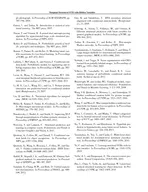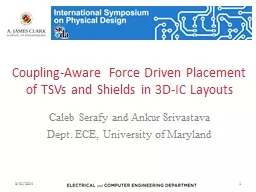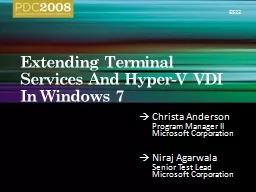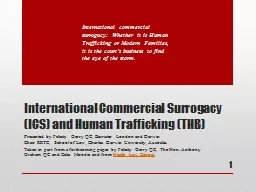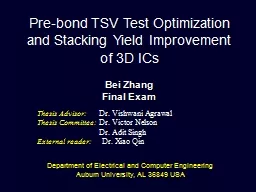PPT-On Effective TSV Repair for 3D-Stacked ICs
Author : lois-ondreau | Published Date : 2017-06-08
Li Jiang Qiang Xu and Bill Eklow CU hk RE liable C omputing Laboratory Department of Computer Science amp Engineering The Chinese University of Hong Kong
Presentation Embed Code
Download Presentation
Download Presentation The PPT/PDF document "On Effective TSV Repair for 3D-Stacked I..." is the property of its rightful owner. Permission is granted to download and print the materials on this website for personal, non-commercial use only, and to display it on your personal computer provided you do not modify the materials and that you retain all copyright notices contained in the materials. By downloading content from our website, you accept the terms of this agreement.
On Effective TSV Repair for 3D-Stacked ICs: Transcript
Download Rules Of Document
"On Effective TSV Repair for 3D-Stacked ICs"The content belongs to its owner. You may download and print it for personal use, without modification, and keep all copyright notices. By downloading, you agree to these terms.
Related Documents




